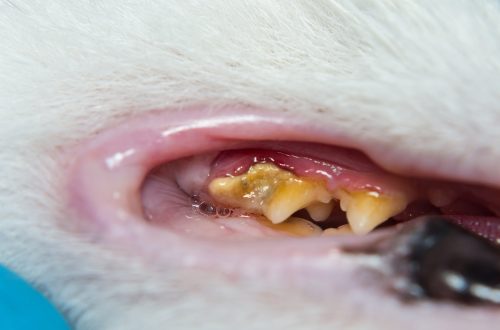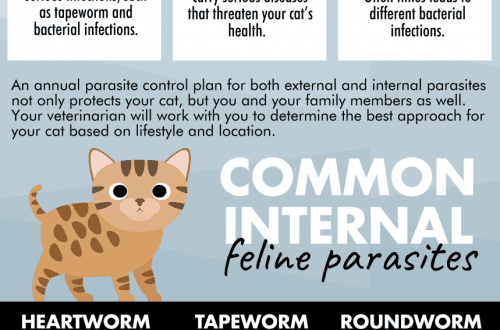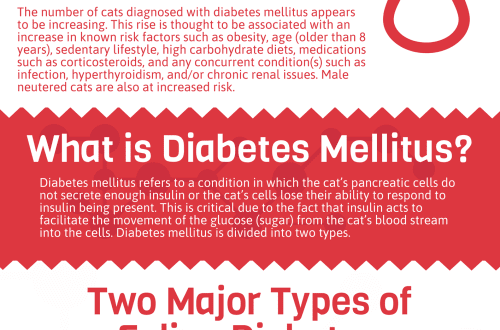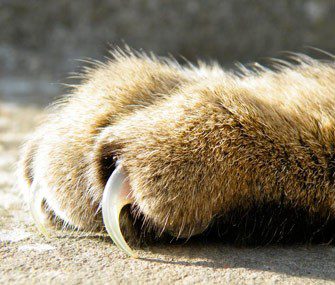
Ua pa'u'u matiu'u o la'u pusi, o le a le mea e tatau ona ou faia?
So, how does a cat change its claws:
Natural change. In cats, claws grow quickly – as nature intended: they are needed for defense, and for attack, and for hunting, and for dexterous climbing. From time to time you can notice the “lost” claw. This is absolutely normal: the cat sheds the old keratinized “cases” from the new sharp claws. Usually, such finds can be found near the claw posts.
Stratification of claws. They flake, fray, look untidy. This should not be. Reasons should be identified.
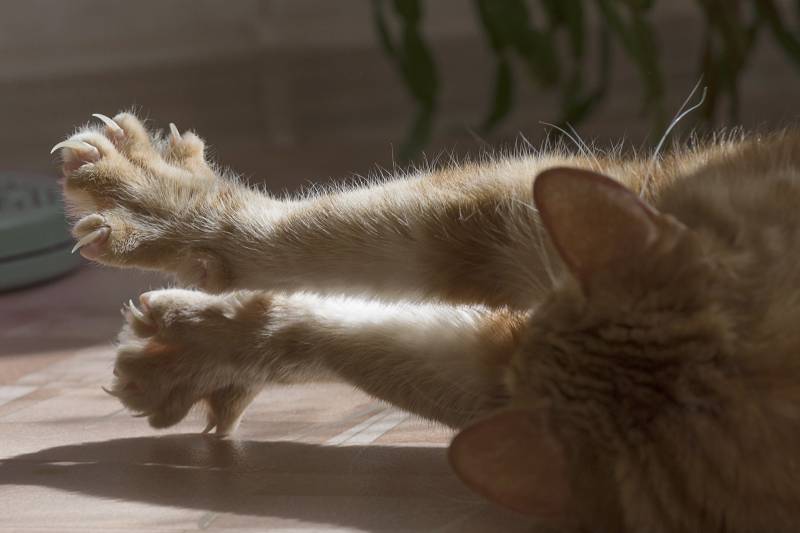
Firstly, the wrong haircut can lead to this. “Manicure” and “pedicure” for a cat must be done with a strictly special nail cutter. The tool must be sharpened to cut the claw at one time, not several; it is necessary to cut it off, and not crush and break it. Before the procedure, both the instrument and the claw should be disinfected. The very tip-hook is cut off, to the blood vessels. In cats of a light color or owners of white “socks”, the pink part of the claw is clearly visible.
It must be understood that this procedure is unpleasant for cats. If the animal has not been accustomed to cutting its claws since childhood, it is possible that only a veterinary clinic will be able to cope with this matter.
Secondly, the claws look untidy if the cat gnaws them. If the owners take care of their pet and its claws are trimmed, do not dig into the skin, then this bad habit has developed on the basis of neurosis. The doctor will prescribe medicines, and the owners will have to pay more attention and care to the animal.
Lack of vitamins and minerals, mainly calcium, also leads to problems with the claws. You will need to consult a veterinarian. A balanced diet, selection of feed, adding the necessary substances to food will help.
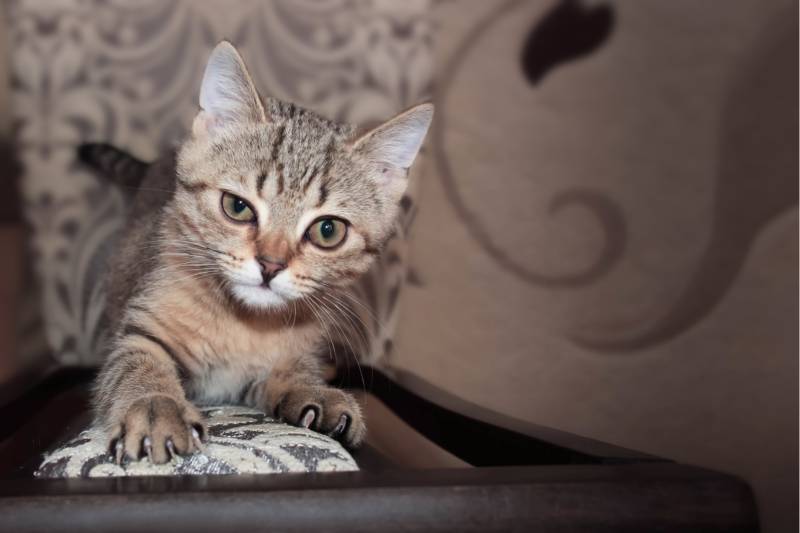
Fungal diseases, naturally, as in humans, lead to problems with the claws. Here, too, doctors are indispensable. It will take quite a long course of treatment. In advanced cases, it can go as far as removing the entire finger.
Some internal diseases also affect the condition of the claws. An examination is required. According to its results, the veterinarian will prescribe drugs.
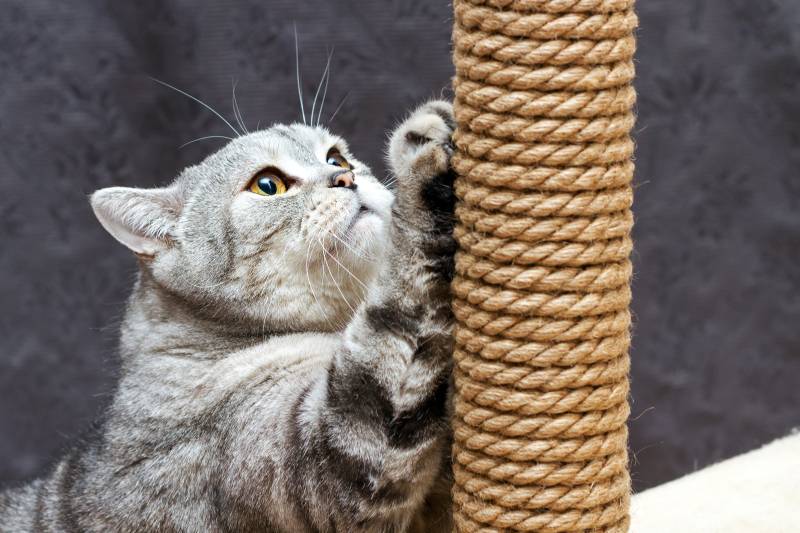
If the claws exfoliate only on the front paws, and the hind legs are healthy, then most likely the animal was not provided with a scratching post. And the cat is trying to grind off regrown claws on furniture and other inappropriate objects. Bad for both owners and animals. Urgently need to purchase a scratching post and accustom a pet to it. A drop of catnip infusion will speed up the process (sold in veterinary pharmacies).
A doctor will help determine exactly what is happening with a cat or a cat. An in-person visit to the clinic may not be required – in the Petstory application, you can describe the problem and get qualified assistance (the cost of the first consultation is only 199 rubles!). If the animal is healthy, but the problem persists, a zoopsychologist will help, who can also be consulted in the Petstory app. You can download the application from .



